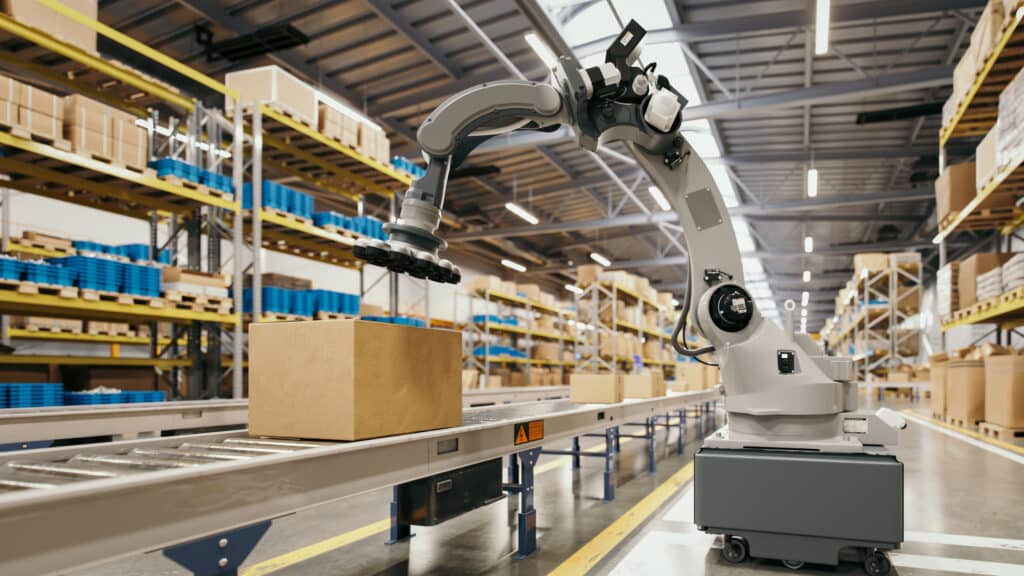Supply Chain Design Series Part 3 (visit Part 1, here and part 2, here)
Advanced tools. Sharp analysts. Real-time data.
You can have all of them — and still miss the mark.
Too often, supply chain design fails to deliver real-world impact not because the models were wrong, but because the business wasn’t aligned to act on them.
The Real Barrier to Value Isn’t Technical
It’s easy to assume that better technology or more sophisticated modeling will drive better outcomes. But time and again, the biggest barrier to ROI is organizational misalignment — not analytical capability.
Great modeling answers the right questions. But if stakeholders aren’t aligned on what those questions are, or don’t trust the answers, nothing changes.
Alignment and Trust Are the Differentiators
Design modeling is at its most powerful when it’s collaborative, iterative, and embedded in the business.
To get there, you need:
- Clear priorities and shared objectives: Stakeholders across functions must agree on what’s being solved and why it matters.
- A champion who can bridge the business and the modeling team: This leader understands both the technical work and the organizational dynamics — and can communicate across both.
- Strategic, high-impact use cases to start: Beginning with a narrow, well-defined challenge builds trust and momentum.
- Stakeholder engagement from day one: Involving business users in framing the problem, exploring scenarios, and interpreting outputs builds ownership.
- Simplified access to insights: Build interfaces or apps that let non-modelers explore results and ask “what if” questions on their own terms.
Start Small — Then Scale
The most successful organizations don’t try to transform their modeling culture overnight. They pick one or two meaningful use cases, validate impact, and build a track record of success.
From there, the appetite for deeper integration grows — because the value is no longer hypothetical. It’s visible, shared, and owned.
Design That Drives Action
Sophisticated tools and a talented, commercially astute team are essential. But value only comes when the output of design is trusted, actionable, and aligned with both the strategic and operational agenda of the business.
That’s not a modeling problem. It’s a leadership opportunity.
Reach out here if we can help you become a catalyst for positive change in your organization.
For previous articles in the series:
This is part of a series, see part 1 here, Is It Time to Rethink Your Supply Chain Design? Here’s How the Best Know When to Act.
See part 2 here, From Periodic to Proactive: Why Continuous Supply Chain Design Delivers More Value, Faster.







